Sourav Pan
Transcript
Hey everyone! Today, we’re diving into the fascinating world of Volvox. Volvox is a type of green algae that’s truly remarkable in the microscopic world.
Here’s what Volvox looks like under a microscope. These are actual Volvox colonies – notice how they appear as spherical, translucent green structures floating in water.
Each of these green spheres is actually a colony – a group of individual cells working together. Think of it as a tiny, floating green ball made up of many cells.
Now let’s zoom in to see the individual cells that make up these colonies. Each tiny cell has its own structures and contributes to the colony’s survival.
This diagram shows us the amazing structure of Volvox. On the left, we see a single cell with its internal parts. On the right, we see how thousands of these cells come together to form a spherical colony.
Here’s what makes Volvox really special – these colonies can be big enough to see without a microscope! That’s pretty amazing for something made of algae cells.
So remember – Volvox is a green algae that forms spherical colonies of cooperating cells, and these colonies are large enough to see with your own eyes. Pretty incredible for such a simple organism!
Volvox might look like a single organism, but it’s actually something much more fascinating – a colony made up of hundreds to thousands of individual cells working together.
Each individual cell in a Volvox colony is remarkably similar to another type of green algae called Chlamydomonas. Both have the same basic structure and components.
Now let’s see what happens when hundreds of these individual cells come together. They form a beautiful spherical colony that we call Volvox.
Each cell in the colony has two important features: flagella, which are like tiny whips that help the colony move through water, and chloroplasts for photosynthesis.
Here’s what a real Volvox colony looks like under a microscope. You can see the individual cells arranged in a perfect sphere, each contributing to the colony’s survival.
The number of cells in a colony can vary dramatically – from as few as 500 cells in smaller colonies to over 60,000 cells in the largest ones. That’s like a microscopic city!
What makes Volvox truly remarkable is that these individual cells have given up their independence to work together as a unified colony, representing one of nature’s early experiments in multicellular life.
Volvox colonies are made up of two distinct types of cells, each with their own special role. Think of it like a well-organized team where every member has a specific job to do.
The first type are called somatic cells. These cells form the outer layer of the colony, like the skin of the sphere. They’re the workers responsible for movement and photosynthesis.
Each somatic cell has two flagella – tiny whip-like structures that beat in coordination to move the entire colony through the water. They also contain chloroplasts for photosynthesis, making food from sunlight.
The second type are reproductive cells, also called gonidia. These larger cells are found inside the colony, protected by the somatic cells. Their job is to create new daughter colonies.
Here’s a detailed diagram showing exactly how these cells are arranged. Notice how the somatic cells line the outer wall with their flagella extending outward, while the larger gonidia sit safely inside.
This division of labor is like having specialized workers in a factory. The somatic cells are like the maintenance crew – they keep things moving and provide energy. The reproductive cells are like the production department – they focus on making new colonies.
This cellular specialization is one of the key features that makes Volvox so interesting to scientists. It shows us how simple organisms can evolve complex, coordinated behaviors through teamwork at the cellular level.
The cells in a Volvox colony don’t just float around randomly. They’re held together by something very special called the extracellular matrix, or ECM for short.
Think of the ECM as a jelly-like substance that fills the spaces between the cells. It’s transparent, which is why we can see through Volvox colonies, but it’s definitely there doing important work.
Let’s take a closer look at what this ECM is actually made of and why it’s so important for the colony.
The ECM is primarily made of molecules called glycoproteins. These are special proteins that have sugar groups attached to them, making them perfect for creating a gel-like substance.
Here’s something amazing about the ECM – it actually makes up most of the colony’s volume. The cells themselves are just a small part of the total space.
The ECM can make up to ninety-nine percent of the colony’s total volume, while the actual cells only occupy about one percent. It’s like having a huge jelly donut where the jelly is the ECM and the tiny bits of donut are the cells.
But the ECM isn’t just taking up space. It serves as the glue that holds everything together and allows the cells to work as a team.
The ECM has three main jobs. First, it acts like glue to hold all the cells together in their spherical formation.
Second, it maintains the colony’s round shape, preventing it from falling apart or becoming deformed.
Third, and perhaps most importantly, it allows the cells to coordinate their movements. When one cell moves its flagella, the ECM transmits that force to neighboring cells, helping the whole colony swim together.
This detailed view shows how the extracellular matrix works in biological systems, with various proteins and structures working together to maintain cellular organization.
So remember, the ECM is like the invisible foundation that makes Volvox colonies possible. Without this jelly-like matrix of glycoproteins, the cells couldn’t stay together or work as a coordinated team.
Volvox colonies don’t just float passively in the water. They actively swim using a remarkable coordination system involving thousands of tiny flagella working together.
Each cell in the colony has two flagella – tiny whip-like structures that beat rhythmically. When all these flagella work together, they create coordinated movement through the water.
Think of it like a synchronized swimming team. Just as swimmers coordinate their movements to create beautiful patterns, Volvox cells coordinate their flagella to propel the entire colony forward.
But Volvox movement isn’t random. The colony has a special navigation system. Some cells have larger eyespots that can detect light, and these eyespots are concentrated on one side of the colony.
When light is present, these eyespots detect it and guide the colony to swim toward the light source. This behavior is called phototaxis – movement in response to light.
This movement toward light makes perfect sense for Volvox. Since they perform photosynthesis to make their own food, swimming toward light ensures they can capture the energy they need to survive and grow.
So remember: Volvox moves through coordinated flagellar beating, uses eyespots for navigation, and swims toward light through phototaxis to optimize photosynthesis.
Volvox has a fascinating way of making new colonies without needing a partner. This process is called asexual reproduction, and it’s like a colony giving birth to smaller versions of itself.
Inside the colony, certain special cells called gonidia are responsible for reproduction. These cells are larger than the regular somatic cells and have a very important job.
The reproduction process begins when a gonidium withdraws its flagella and starts to enlarge. This cell will become the mother of a new daughter colony.
The enlarged cell then begins dividing rapidly through mitosis. First it divides into two cells, then four, then eight, and continues dividing until it forms a complete daughter colony.
Multiple daughter colonies can develop simultaneously within the same parent colony. Each one grows from a different reproductive cell, creating several new colonies at once.
This scientific diagram shows the complete process step by step. You can see how a single gonidium develops through multiple cell divisions to eventually form a complete daughter colony.
As the daughter colonies mature inside the parent colony, they eventually become ready for independence. The parent colony will rupture, releasing the daughter colonies into the surrounding water.
When the parent colony ruptures and dies, the daughter colonies are set free to swim away and start their own independent lives. Each daughter colony is a perfect miniature version of the parent.
Here’s what this process looks like under a real microscope. You can clearly see the large daughter colonies developing inside the transparent parent colony, just like we’ve been describing.
The key takeaway is that asexual reproduction allows Volvox to rapidly create identical daughter colonies without needing a partner. This efficient process ensures the species can quickly populate suitable environments.
While Volvox can reproduce asexually by forming daughter colonies, it also has a more complex method called sexual reproduction. This process involves the formation of specialized reproductive structures and creates offspring that can survive harsh environmental conditions.
During sexual reproduction, Volvox forms two different types of specialized structures. These are called antheridia, which produce male gametes, and oogonia, which produce female gametes.
Antheridia are smaller structures that develop within the colony. They contain cells that will divide to produce many small, motile sperm cells. Oogonia are larger structures that each contain a single large egg cell.
Now let’s look more closely at how these structures produce their respective gametes.
Inside each antherida, cells undergo multiple divisions to produce many small, motile sperm cells. These sperm have flagella that allow them to swim through the water.
Each oogonia contains a single large egg cell. Unlike sperm, eggs are non-motile and contain nutrients needed for early development after fertilization.
When conditions are right, sperm cells are released and swim to find egg cells for fertilization.
Multiple sperm cells swim toward the egg, but only one will successfully fertilize it. This fusion creates a diploid zygote.
The fertilized egg becomes a zygote, which then develops a thick protective wall to form a cyst.
The cyst has thick walls that protect the developing organism inside. This allows it to survive harsh conditions like drought, extreme temperatures, or lack of nutrients.
When favorable conditions return, the cyst will hatch and release a new Volvox colony, completing the sexual reproduction cycle.
Sexual reproduction in Volvox is more complex than asexual reproduction, but it provides important advantages. It creates genetic diversity and produces cysts that can survive harsh environmental conditions, ensuring the species’ long-term survival.
Volvox can be found in freshwater environments all around the world. These remarkable green algae have adapted to live in diverse aquatic habitats across every continent.
Let’s explore the specific types of freshwater environments where Volvox thrives. They prefer still or slow-moving water bodies with the right conditions.
Volvox colonies are commonly found in three main types of freshwater habitats: ponds, lakes, and even temporary puddles. Each provides the still water environment that Volvox needs.
But Volvox doesn’t just live anywhere in freshwater. They need specific environmental conditions to thrive and reproduce successfully.
Volvox requires three key environmental conditions. First, they need warm water, typically between 15 and 25 degrees Celsius for optimal growth.
Second, they need organic matter in the water – nutrients that come from decaying plants and other organisms provide essential resources for growth.
And third, they need access to sunlight for photosynthesis, which is how they produce their own energy and give them their characteristic green color.
When these conditions are met, Volvox colonies can be quite abundant. Here’s what they actually look like in a sample of pond water under a microscope.
In this microscopic view, you can see the translucent green spheres that are Volvox colonies, along with other microorganisms that share their freshwater habitat.
Volvox doesn’t live alone in these environments. Pond water is teeming with diverse microscopic life forms.
This collection shows the incredible diversity of life in a single drop of pond water. Volvox colonies live alongside bacteria, other algae, protozoa, and tiny invertebrates.
So next time you’re near a pond, lake, or even a large puddle on a warm day, remember that you might be looking at a habitat filled with these fascinating green spheres. With the right equipment, you could observe Volvox in their natural environment!
Volvox plays several important roles in freshwater ecosystems. As a photosynthetic organism, it contributes significantly to the health and balance of aquatic environments.
One of Volvox’s most important ecological roles is oxygen production. Through photosynthesis, Volvox colonies release oxygen into the water, which is essential for fish, aquatic invertebrates, and other organisms that depend on dissolved oxygen to survive.
Volvox also serves as an important food source in aquatic food webs. Small organisms like rotifers, water fleas, and other zooplankton feed on Volvox colonies, making them a crucial link in the transfer of energy from primary producers to higher levels of the food chain.
However, Volvox can sometimes become problematic. In warm, nutrient-rich waters, particularly those high in nitrogen from agricultural runoff or pollution, some Volvox species can form dense algal blooms. These blooms can cover large areas of water surface.
When algal blooms become too dense, they can actually deplete oxygen levels in the water as they decompose, creating dead zones that are harmful to fish and other aquatic organisms. This shows how even beneficial organisms can become problematic under certain environmental conditions.
The ecological role of Volvox demonstrates the delicate balance in aquatic ecosystems. Under normal conditions, Volvox provides essential benefits like oxygen production and serving as food for other organisms. However, when environmental conditions change due to pollution or climate factors, even beneficial organisms can become problematic.
When we want to observe Volvox up close, we use a microscope. Starting with low magnification, we can see the beautiful spherical colonies floating in the water.
At forty times magnification, we can see the green spherical colonies. Each colony appears as a hollow ball made up of hundreds or thousands of individual cells.
As we increase the magnification to 400 times, amazing details become visible. We can now see individual cells, their internal structures, and the flagella that help the colony move through the water.
At this magnification, we can identify key structures. Each cell has two flagella extending outward, chloroplasts that give the green color, and an eyespot that helps detect light.
One of the most fascinating things to observe is daughter colonies forming inside the parent colony. These small spheres will eventually be released to become new independent colonies.
Scientific diagrams are incredibly helpful for understanding what we observe. They clearly label each structure and show how everything is organized within the colony.
When observing Volvox under a microscope, start with low magnification to locate the colonies, then gradually increase magnification to see cellular details. The combination of direct observation and scientific diagrams gives us a complete understanding of these remarkable organisms.
Volvox colonies are remarkable organisms that, just like plants, can produce their own energy through the process of photosynthesis. Each tiny cell in the colony acts like a miniature solar panel, capturing sunlight and converting it into the chemical energy the colony needs to survive.
Inside each cell of the Volvox colony are special structures called chloroplasts. These green organelles contain chlorophyll, the same pigment that makes plants green. The chloroplasts are where the magic of photosynthesis happens.
Photosynthesis is a chemical process that converts light energy into chemical energy. The chloroplasts capture sunlight and combine it with carbon dioxide from the water and water molecules to produce glucose, which serves as food for the colony. As a bonus, this process also releases oxygen into the surrounding water.
This photosynthetic ability gives Volvox colonies several important advantages. First, they can produce their own food in the form of glucose, making them self-sufficient. Second, they contribute oxygen to their aquatic environment, benefiting other organisms. Finally, as long as there is sunlight and dissolved carbon dioxide, Volvox can thrive independently without relying on other organisms for nutrition.
You can think of each Volvox colony as a tiny underwater forest, with thousands of cells working together to capture sunlight and produce the energy and oxygen that sustain both the colony itself and the broader aquatic ecosystem. This remarkable process has been perfected over millions of years of evolution.
Volvox serves as a remarkable model organism for scientists studying one of biology’s greatest mysteries: how single-celled organisms evolved into complex multicellular life forms.
Volvox represents a crucial evolutionary bridge. On one side, we have simple single-celled organisms like Chlamydomonas. On the other side, we have Volvox – a colony of hundreds or thousands of cells working together as a unified organism.
Scientists use Volvox to study three key aspects of multicellular evolution. First, cell differentiation – how identical cells become specialized for different roles, like somatic cells for movement and reproductive cells for making offspring.
Second, cell coordination – how thousands of individual cells synchronize their flagella to move the colony as one unit, and how they communicate to coordinate reproduction and other colony-wide activities.
Third, the evolution of complexity – Volvox helps us understand the genetic and developmental changes that allowed simple single-celled ancestors to evolve into complex multicellular organisms like plants and animals.
Volvox is the perfect model organism because it sits right at the boundary between single-celled and truly multicellular life. It’s simple enough that scientists can study every cell and gene, yet complex enough to show the key features of multicellularity.
The key takeaway is that Volvox serves as a living laboratory for understanding one of evolution’s greatest achievements – the transition from single-celled to multicellular life. By studying Volvox, scientists gain insights that help explain how all complex life on Earth, including ourselves, came to exist.
Scientists have been studying the DNA of Volvox to understand one of biology’s biggest mysteries: how did single-celled organisms evolve into multicellular ones?
This fundamental question has puzzled scientists for decades. Volvox provides a perfect natural laboratory to study this transition because it’s closely related to single-celled algae.
Here we can see the evolutionary progression from Chlamydomonas, a single-celled alga, to Volvox, a complex multicellular colony. Scientists compared their genomes to find what genetic changes made this transition possible.
When scientists compared the DNA sequences of these organisms, they made a surprising discovery.
They found that the genomes were remarkably similar. Most of the DNA was nearly identical between the single-celled and multicellular organisms.
The amazing discovery was that only a few key genes were different. These highlighted regions represent the small number of genetic changes that enabled multicellularity.
This finding was revolutionary. It showed that major evolutionary changes don’t always require massive genetic overhauls. Sometimes, just a few key genetic modifications can lead to entirely new ways of life.
These small genetic changes resulted in the beautiful multicellular colonies we can observe under a microscope.
Here we see the remarkable result: spherical colonies with thousands of coordinated cells, all arising from relatively simple genetic changes.
This research teaches us that evolution can be remarkably efficient. Major transitions in the history of life, like the evolution of multicellularity, may have required fewer genetic changes than we previously thought.
These genomic insights help us understand not just how Volvox evolved, but how complex life forms can emerge from simpler ancestors through targeted genetic innovations.
Even today, researchers continue to discover new species of Volvox around the world. These discoveries show us just how much diversity exists in these fascinating colonial algae.
Under the microscope, we can see the beautiful spherical colonies of Volvox. Each colony contains hundreds or thousands of individual cells working together. But what’s exciting is that new species with unique characteristics are still being found.
A perfect example is Volvox biwakoensis, a brand new species discovered in 2024. This species was found in Lake Biwa in Japan and represents an endemic species – meaning it’s found nowhere else in the world.
Lake Biwa is located in central Japan and is one of the oldest lakes in the world. The discovery of this endemic species there shows us that different bodies of water around the globe may harbor their own unique Volvox species.
This discovery is significant for several reasons. It reveals the hidden diversity of Volvox species, suggests that many lakes and water bodies may have their own unique species, and reminds us that there’s still so much more to discover about these remarkable organisms.
The discovery of new Volvox species like Volvox biwakoensis reminds us that biodiversity is far greater than we currently understand. Each new species discovered adds to our knowledge of evolution, ecology, and the incredible variety of life on Earth.
To truly understand how Volvox works, scientists need special molecular tools. These tools let researchers peek inside individual cells and see what’s happening at the DNA level.
One of the most important molecular tools is called a cell type-specific promoter. Think of promoters as molecular switches that can turn genes on or off in specific types of cells.
These promoters are like keys that only work in certain locks. A somatic cell promoter only turns on genes in the outer swimming cells, while a reproductive cell promoter only works in the inner reproductive cells.
Scientists can attach these promoters to reporter genes that glow or change color. This lets them see exactly which cells are active and when different genes are turned on during the colony’s development.
These molecular tools have revealed amazing discoveries. Scientists can now track how cells communicate with each other, understand what makes some cells become reproductive while others remain somatic, and study how the colony coordinates its movement.
The development of these molecular tools represents a major breakthrough in Volvox research. They’re helping scientists answer fundamental questions about how multicellular life evolved and how complex organisms develop from simple beginnings.
Scientists now have a powerful new tool for studying Volvox: CRISPR-Cas9 gene editing. This revolutionary technology allows researchers to precisely modify genes and understand how they control development and behavior.
CRISPR-Cas9 is like having a molecular scalpel that can cut DNA at exactly the right spot. It consists of two main parts: a guide RNA that finds the target gene, and the Cas9 protein that acts as the cutting tool.
Here’s how the CRISPR system works step by step. The Cas9 protein forms a complex with guide RNA, which then searches for and binds to the matching DNA sequence. Once attached, Cas9 cuts both strands of the DNA, creating a precise break where new genetic material can be inserted.
Recently, scientists have successfully adapted this CRISPR technology to work with Volvox. This is a major breakthrough because it allows researchers to modify specific genes in Volvox colonies and observe the effects on their development, movement, and reproduction.
Think of CRISPR as a molecular scalpel that gives scientists unprecedented precision. Just as a surgeon uses a scalpel to make exact cuts, CRISPR allows researchers to make precise changes to Volvox genes, helping them understand which genes control colony formation, cell differentiation, and movement.
This breakthrough opens up exciting new possibilities for Volvox research. Scientists can now ask specific questions about how individual genes contribute to multicellularity, and get precise answers by observing what happens when those genes are modified or removed.
Cell differentiation is one of the most fascinating aspects of Volvox biology. Unlike single-celled organisms where every cell does everything, Volvox has evolved specialized cells that perform different jobs.
In a Volvox colony, we can see two distinct types of cells. The smaller cells around the outside are somatic cells, while the larger cells inside are reproductive cells. Each type has completely different responsibilities.
Somatic cells are like the workers of the colony. They have flagella for swimming, chloroplasts for making food through photosynthesis, and they maintain the colony’s structure. However, they cannot reproduce – they’ve given up that ability to specialize in other tasks.
Reproductive cells are the specialists in making new colonies. They’re much larger than somatic cells and have no flagella. They’ve completely given up movement and other functions to focus entirely on creating the next generation of Volvox colonies.
This is called division of labor – different cells specialize in different tasks. Somatic cells handle movement and energy production, while reproductive cells focus solely on making new colonies. This specialization makes the whole colony more efficient.
Cell differentiation in Volvox represents a crucial step in evolution. When cells specialize and give up some abilities to become better at others, it opens the door to building more complex organisms. This same principle led to the tissues, organs, and organ systems we see in all multicellular life today.
The key takeaway is that specialization creates both efficiency and complexity. By having different cells do different jobs, Volvox becomes more than just a collection of individual cells – it becomes a coordinated, multicellular organism.
In Volvox colonies, we see one of nature’s earliest examples of division of labor. Just like workers in a factory have different jobs, the cells in a Volvox colony specialize in different tasks to help the entire colony survive and thrive.
A Volvox colony contains two main types of cells, each with their own specialized roles. The somatic cells form the outer layer and handle daily tasks like movement and food production. The reproductive cells, located inside, focus entirely on creating the next generation.
The somatic cells are like the workers of the colony. They use their flagella to propel the entire colony through water, perform photosynthesis to create food, and sense changes in the environment like light direction.
Meanwhile, the reproductive cells are like the colony’s future planners. They don’t swim or make food – instead, they focus entirely on reproduction, creating new daughter colonies and ensuring the species continues.
This division of labor requires incredible coordination. The somatic cells must beat their flagella in synchronized waves to move the colony effectively. The reproductive cells must time their development perfectly to ensure new colonies are ready when needed.
Volvox represents a crucial evolutionary milestone. By developing division of labor, these colonies became more efficient than single cells working alone. This specialization paved the way for the complex multicellular organisms we see today, including plants, animals, and humans.
The division of labor in Volvox shows us that cooperation and specialization are powerful evolutionary strategies. When cells work together, each doing what they do best, the whole colony becomes stronger and more successful than any individual cell could be alone.
Volvox and its relatives are providing fascinating insights into one of biology’s biggest mysteries: how and why sexual reproduction evolved. These simple organisms show us the entire spectrum of mating strategies.
Sexual reproduction in volvocine algae shows three main evolutionary stages. First is isogamous reproduction, where both gametes are the same size. This is the simplest form of sexual reproduction.
Next comes anisogamous reproduction, where gametes are different sizes but both are still mobile. This represents an intermediate evolutionary step toward more complex sexual systems.
Finally, we see oogamous reproduction with large, immobile eggs and small, mobile sperm. This is the most complex form and resembles what we see in higher animals and plants.
The volvocine algae family includes many different species, each with unique colony structures and mating systems. This diversity makes them perfect for studying how sexual reproduction evolved and diversified over time.
Studying Volvox gives us three key insights into sexual evolution. First, sexual reproduction evolved gradually from simple to complex forms, not all at once.
Second, different species can use completely different mating strategies and still be successful. There’s no single ‘best’ way to reproduce sexually.
Finally, by comparing these different strategies, Volvox helps us understand the fundamental question of why sexual reproduction evolved at all, despite its costs and complexity.
This research is revolutionizing our understanding of one of life’s most important innovations: the evolution of sex itself.
Current research on Volvox is revolutionizing our understanding of how life evolved from simple to complex forms. Scientists are using cutting-edge genomic tools to unlock the secrets of evolutionary transitions.
Researchers are focusing on four main areas. They’re studying genomic changes that drive evolution, how complex traits develop, the evolution of sexual reproduction, and the mechanisms behind cellular differentiation.
Genomic studies compare the DNA of simple Chlamydomonas with complex Volvox colonies. Surprisingly, researchers found that just a few key genes were modified to create the dramatic differences we see. Small genetic changes can lead to major evolutionary leaps.
Scientists are fascinated by how complex traits evolve step by step. They study the progression from single cells to organized colonies, and finally to specialized cell types with different functions. This research reveals how coordination and division of labor emerge in living systems.
The evolution of sexual reproduction is one of biology’s biggest mysteries. Volvox researchers are asking fundamental questions: Why did sex evolve when asexual reproduction seems simpler? How do different mating systems develop? What genetic switches control male versus female development? And what are the real benefits of mixing genes from two parents?
Understanding how identical cells become different types is crucial for biology. Researchers study how Volvox cells decide to become either somatic cells for movement or reproductive cells for making offspring. They’re discovering the genetic switches that control specialization, how cells communicate their decisions, and the precise timing that coordinates development.
Current Volvox research is revealing amazing insights. Small genetic changes can create dramatic evolutionary leaps. Just a few key genes control major developmental programs. Volvox continues to unlock the secrets of how multicellular life evolved, and ongoing research promises to reveal even more mysteries about the evolution of life itself.
The extracellular matrix, or ECM, is one of the most fascinating and crucial components of Volvox colonies. This transparent, gel-like substance is far more important than it might first appear.
The ECM is a transparent, glycoprotein-rich gel that surrounds and embeds every cell in the Volvox colony. Think of it as a sophisticated biological glue that not only holds cells in place but also helps coordinate their behavior.
Here’s something truly remarkable about the ECM that might surprise you.
The ECM can make up to ninety-nine percent of the total volume of a Volvox colony! This means that what we see as a spherical colony is mostly this invisible matrix, with the actual cells occupying only about one percent of the space.
The ECM isn’t just a simple gel. It has a complex, organized structure with four distinct zones, each serving different functions.
From the outside in, we have the flagellar zone where the cell flagella extend, the boundary zone that provides structural support, the cellular zone where the cell bodies are embedded, and the deep zone at the center of the colony.
But why is this ECM so important? It serves several critical functions that make multicellular life possible for Volvox.
The ECM provides structural support that maintains the colony’s spherical shape and prevents cells from drifting apart. It enables cell communication by coordinating flagellar movement for synchronized swimming. And it offers protection by shielding individual cells from environmental stresses.
Scientists are particularly interested in understanding how this complex ECM evolved, because it represents a key innovation in the transition from single-celled to multicellular life.
Researchers are exploring the genetic basis for ECM evolution, asking which genes control its formation and how this complex matrix evolved. Understanding the ECM helps us comprehend how multicellularity became possible and how it serves as the foundation for all complex organisms.
The ECM of Volvox represents one of evolution’s most elegant solutions to the challenge of multicellular life – a transparent matrix that transforms individual cells into a coordinated, functioning organism.
Scientists love using model organisms to study complex biological processes. Volvox has become one of the most valuable model systems for understanding several areas of biological physics.
A good model system needs to be easy to grow and observe, simple enough to understand, yet complex enough to reveal important biological principles. Most importantly, it must be experimentally tractable – meaning scientists can easily manipulate and study it.
Volvox fits all these criteria perfectly. It’s a multicellular organism that’s still simple enough to study individual cells, yet complex enough to reveal insights about coordination, movement, and cellular cooperation.
Volvox has proven invaluable for studying five major areas of biological physics. Each area reveals different aspects of how living systems work at the cellular level.
First, hydrodynamic interactions. When Volvox swims, it creates fluid flows that affect how efficiently it moves and how multiple colonies interact with each other in the water.
Second, flagellar motility. Each Volvox colony has thousands of flagella that must beat in coordination. This makes it perfect for studying how cellular motors work together to create movement.
Third, phototaxis – movement toward light. Volvox needs light for photosynthesis, so it has evolved sophisticated ways to sense light direction and swim toward it. This reveals how organisms navigate their environment.
Fourth, nutrient uptake – how colonies efficiently absorb nutrients from water and distribute them. And fifth, flagellar synchronization – understanding how thousands of flagella coordinate their beating patterns to create smooth, efficient swimming.
This scientific image shows actual Volvox movement patterns studied by researchers. What makes Volvox such an excellent model system is that it’s large enough to observe easily, has a transparent structure, shows predictable behavior, is easy to culture in the lab, and now has genetic tools available for detailed study.
The key takeaway is that Volvox bridges the gap between simple single cells and complex multicellular organisms. It reveals fundamental principles of biological physics in an experimentally accessible system, making it invaluable for understanding how life works at the cellular level.
Study Materials
Volvox Under Microscope
Helpful: 0%
Related Videos
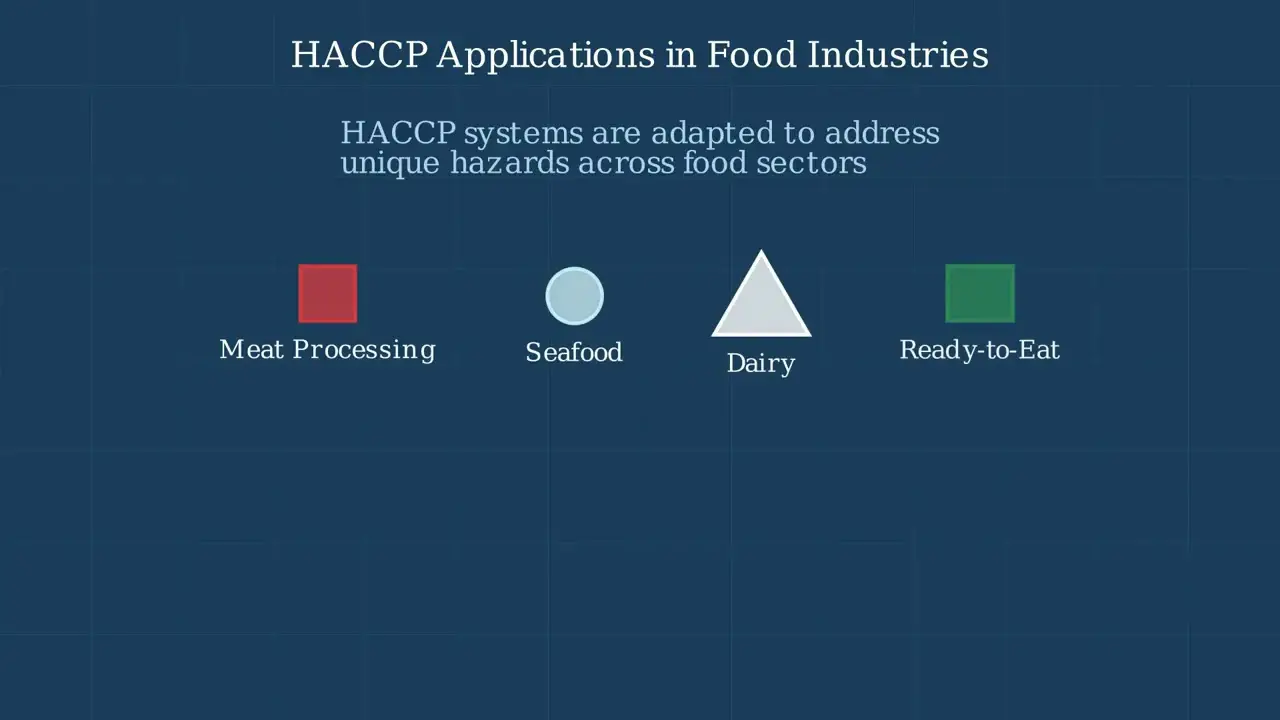
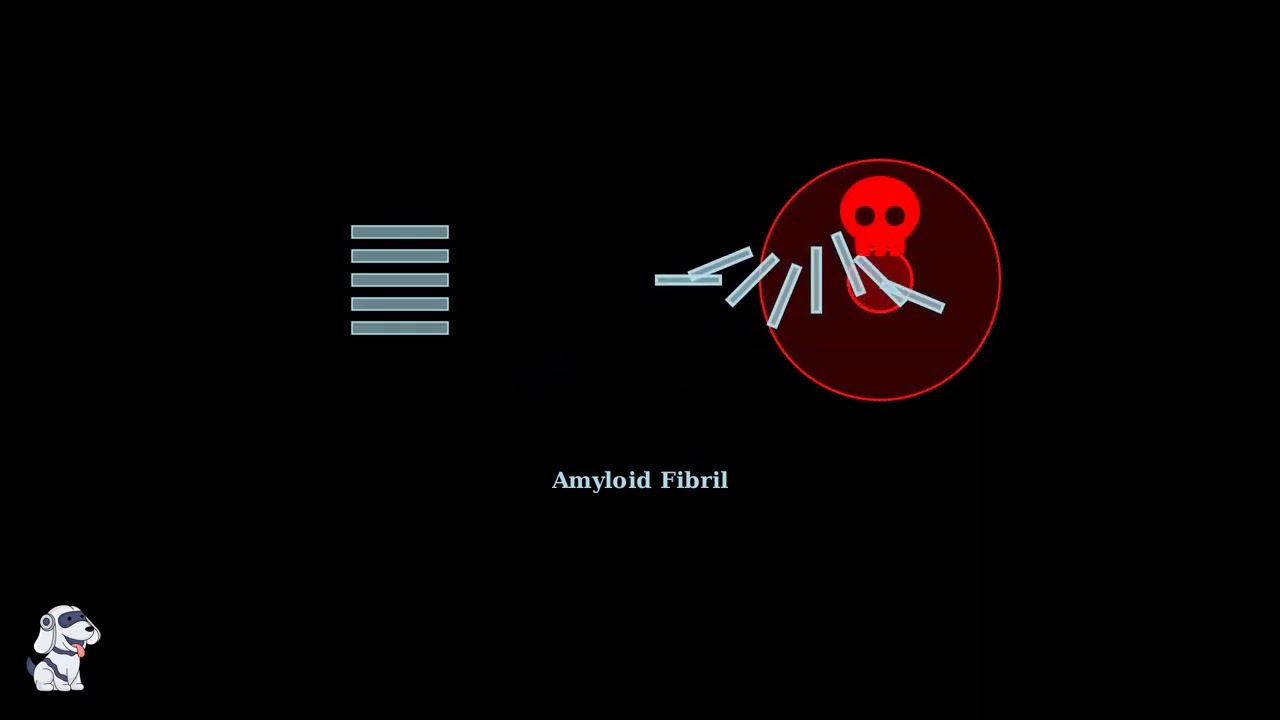


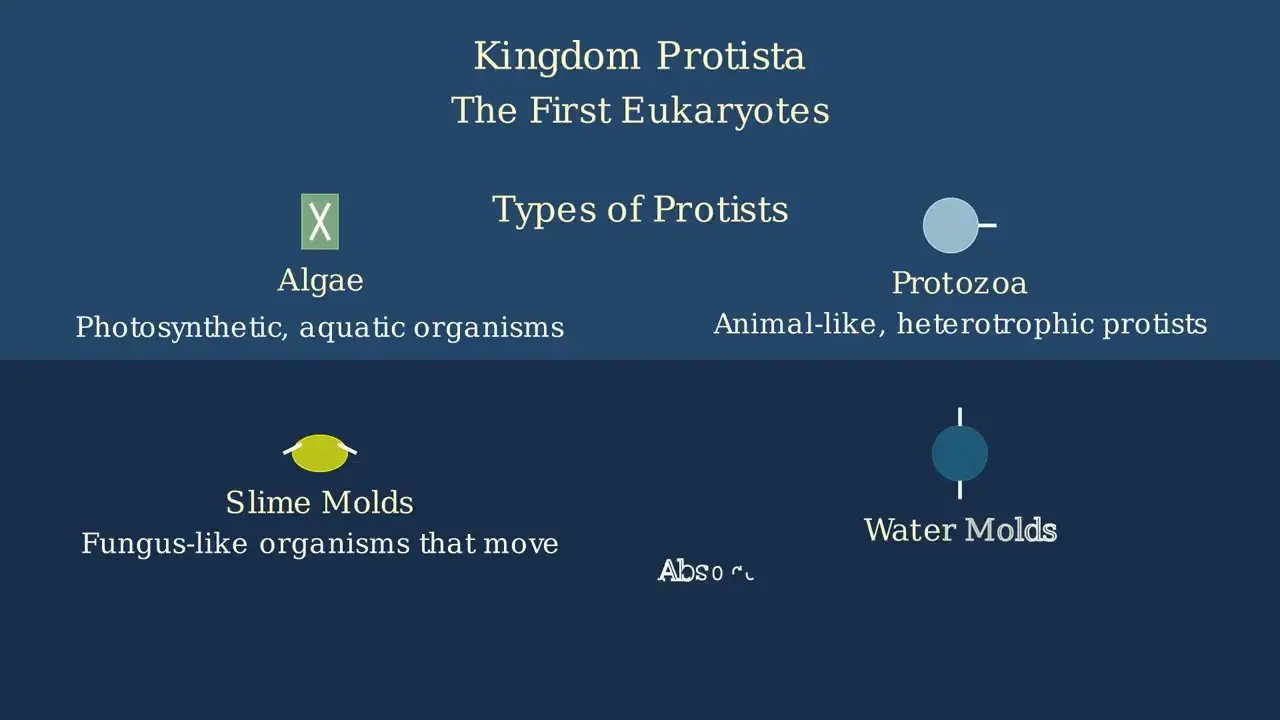
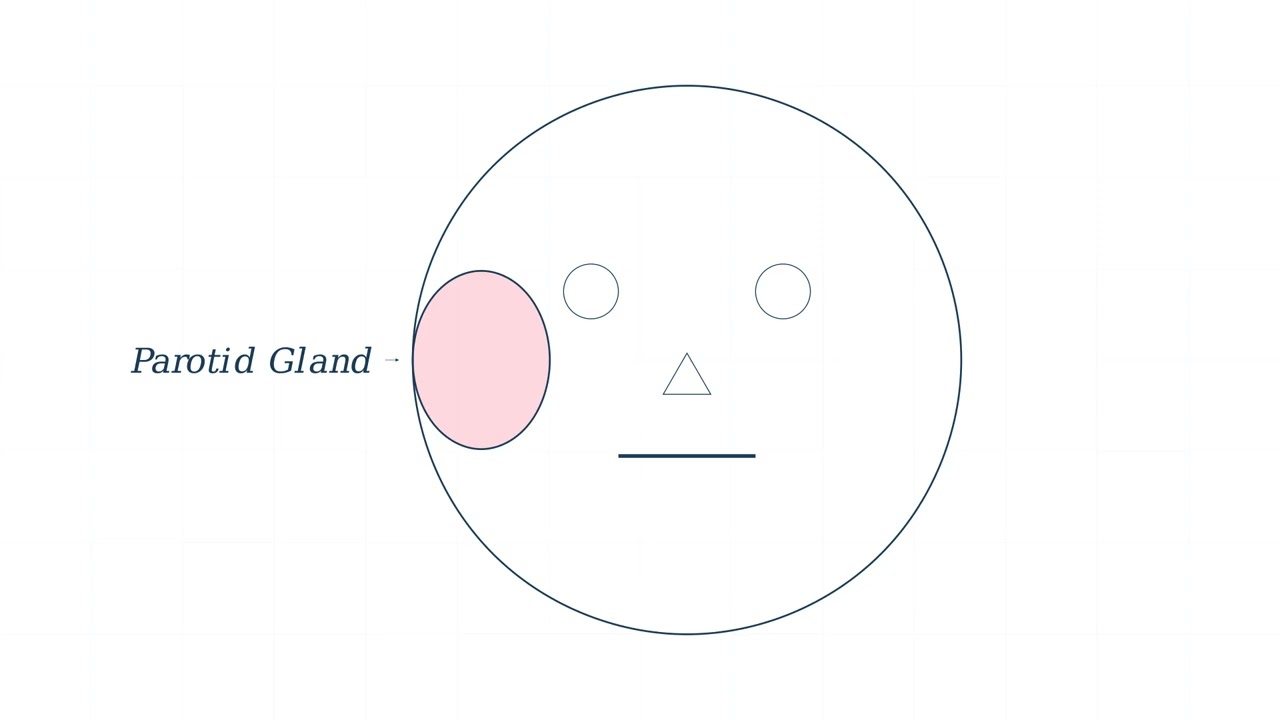
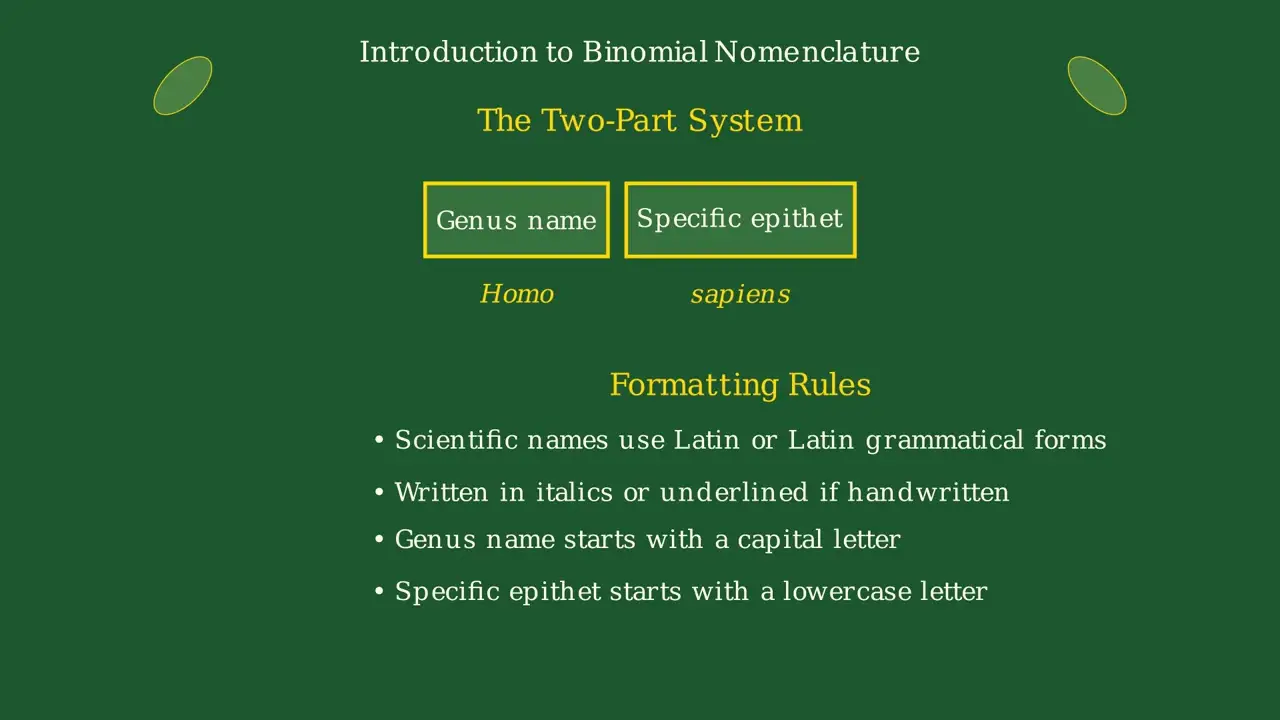

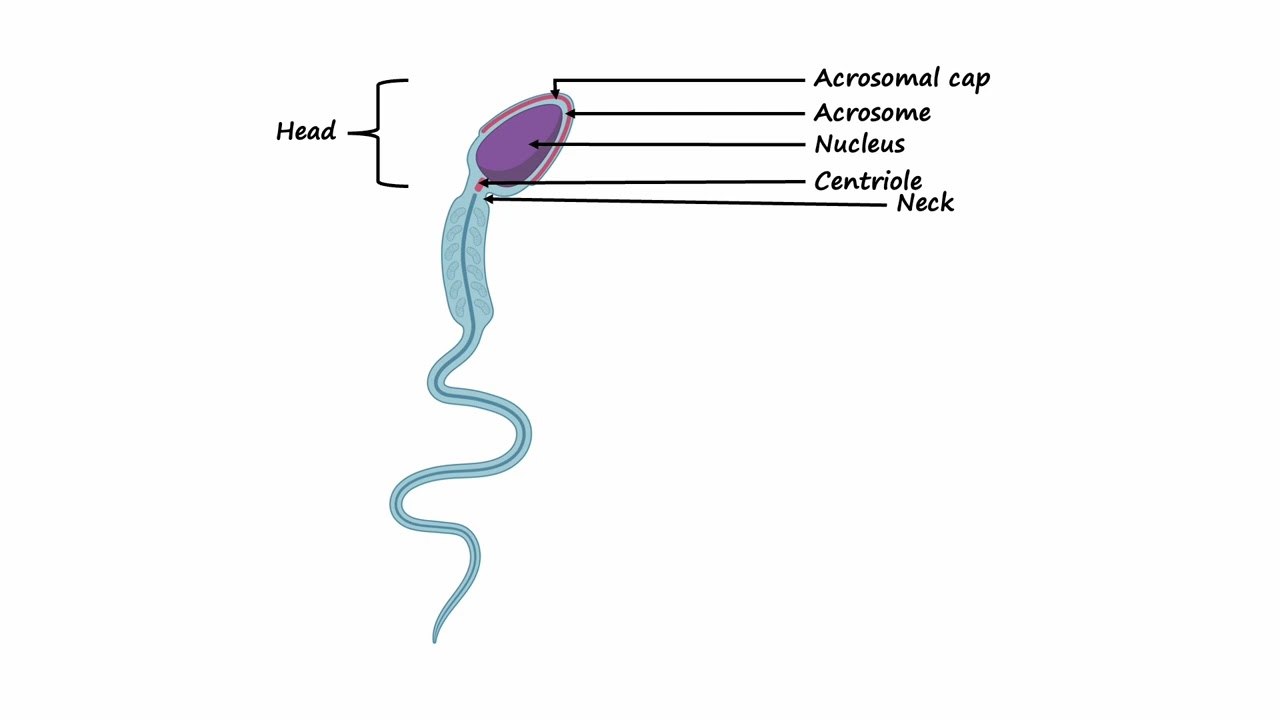
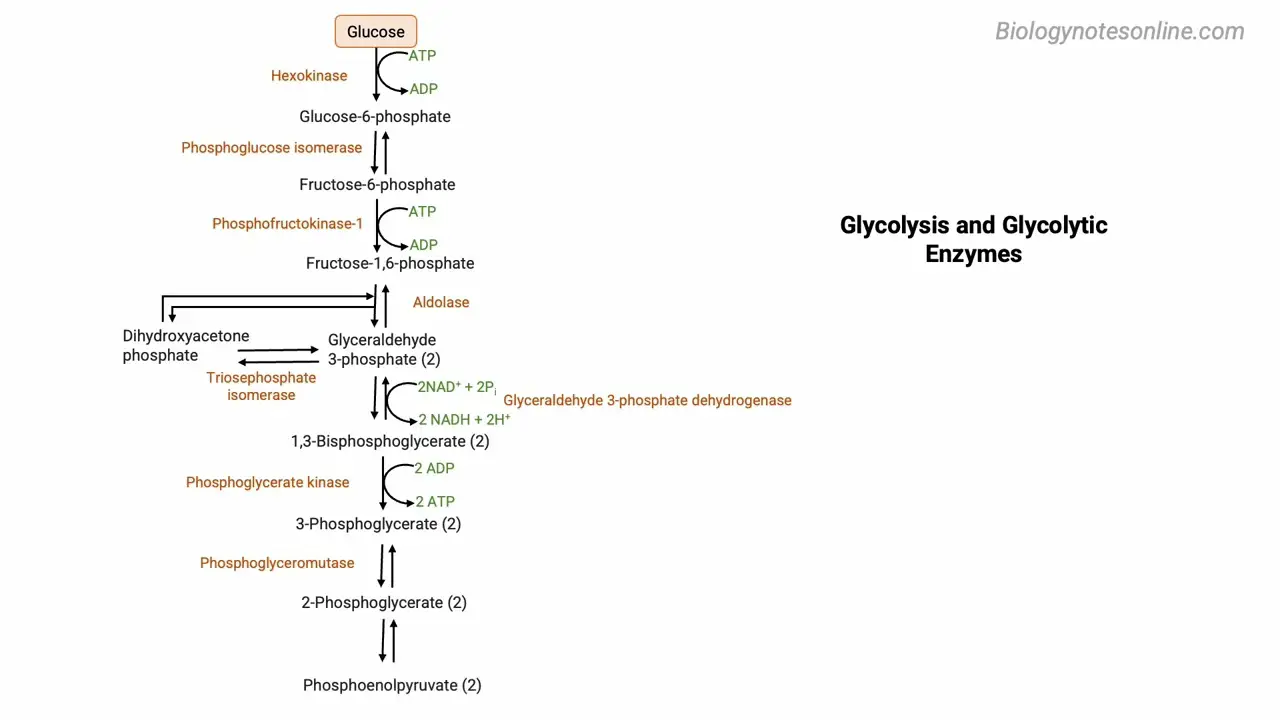
- Text Highlighting: Select any text in the post content to highlight it
- Text Annotation: Select text and add comments with annotations
- Comment Management: Edit or delete your own comments
- Highlight Management: Remove your own highlights
How to use: Simply select any text in the post content above, and you'll see annotation options. Login here or create an account to get started.